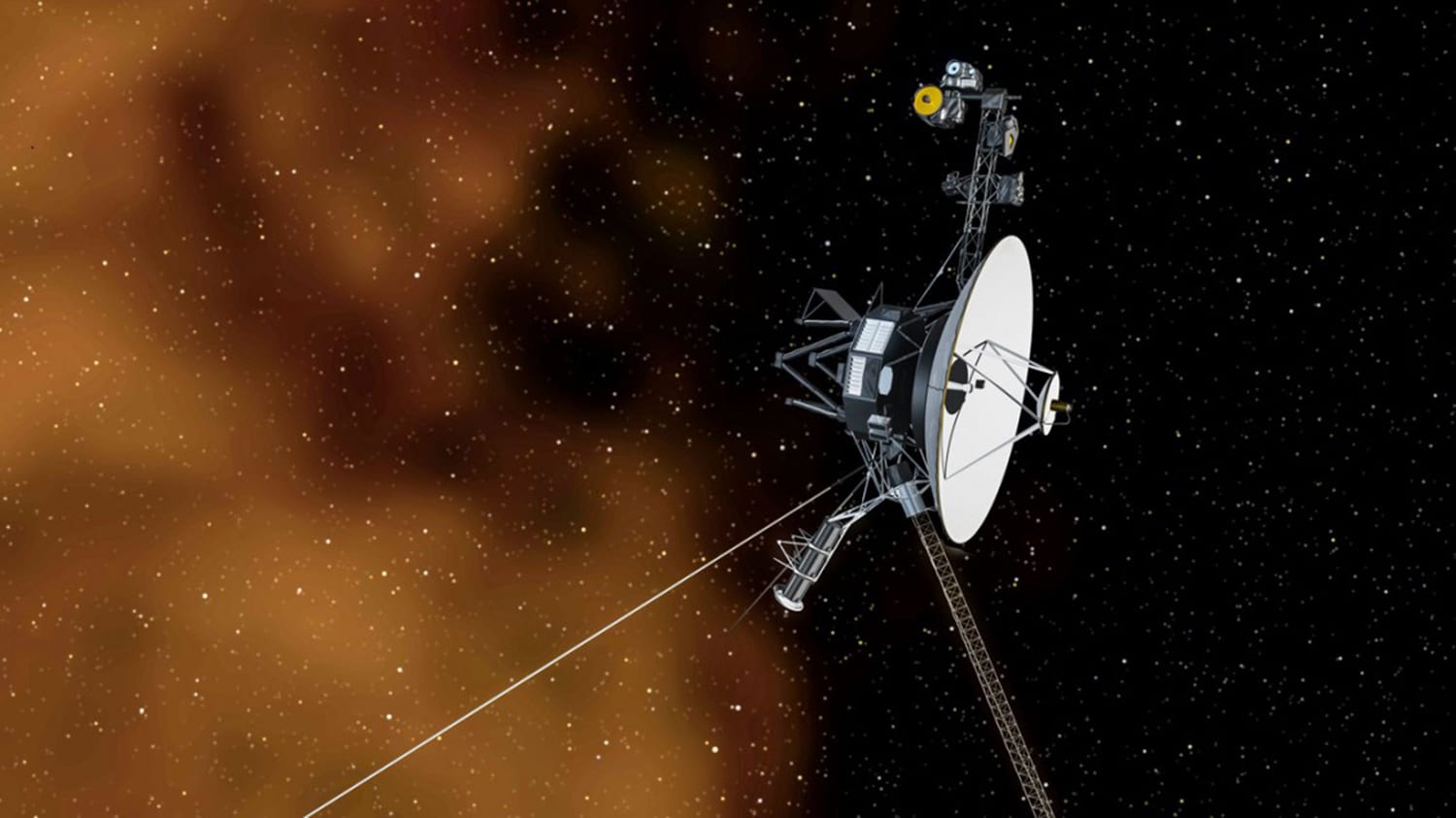
Launched by NASA on September 5, 1977, Voyager 1 spacecraft is the most distant human-made object in space. Having operated for 43 years, the spacecraft still communicates with the Deep Space Network to receive routine commands and transmit data to Earth.
In 2012, the spacecraft crossed the heliopause, the solar system’s border with interstellar space, and entered interstellar space.
Recently, it was reported that the spacecraft had detected the constant drone of interstellar gas (plasma waves) in the interstellar medium. Scientists from the University of Cornell uncovered the plasma emission after examining data slowly sent back from more than 14 billion miles away.
The plasma emission, i.e., plasma hum, is very faint and monotone as it is in the narrow frequency bandwidth.
This discovery could help scientists understand the interaction between the interstellar medium with the solar wind. Also, scientists could determine how the protective bubble of the solar system‘s heliosphere is shaped and modified by the interstellar environment.
After entering interstellar space, the spacecraft’s Plasma Wave System detected perturbations in the gas. But, in between those eruptions – caused by our roiling sun – scientists have uncovered a steady, persistent signature produced by the tenuous near-vacuum of space.
Senior author James Cordes, the George Feldstein Professor of Astronomy, said, “The interstellar medium is like a quiet or gentle rain. In the case of a solar outburst, it’s like detecting a lightning burst in a thunderstorm, and then it’s back to gentle rain.”
“There is more low-level activity in the interstellar gas than scientists had previously thought, which allows researchers to track the spatial distribution of plasma – that is when solar flares are not perturbing it.”
Cornell research scientist Shami Chatterjee explained how continuous tracking of the density of interstellar space is essential. “We’ve never had a chance to evaluate it. Now we know we don’t need a fortuitous event related to the sun to measure interstellar plasma. Regardless of what the sun is doing, Voyager is sending back detail. The craft is saying, ‘Here’s the density I’m swimming through right now. And here it is now. And here it is now. And here it is now.’ Voyager is quite distant and will be doing this continuously.”
Journal Reference:
- Ocker, S.K., Cordes, J.M., Chatterjee, S., et al. Persistent plasma waves in interstellar space detected by Voyager 1. Nat Astron (2021). DOI: 10.1038/s41550-021-01363-7
Continue reading Voyager I spacecraft detects plasma hum in interstellar space on Tech Explorist.
0 comments:
Post a Comment